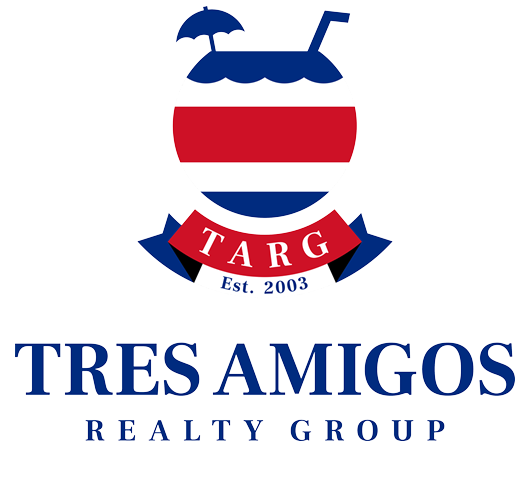Poás Volcano Costa Rica
Overview of Poás Volcano
Poás Volcano is an active 2.708m (8,885 ft) stratovolcano in the Central Mountain Range of Costa Rica. This volcano is located in the province of Alajuela, 45 km northwest from San José. The Poás Volcano is one of the most active volcanoes in Costa Rica. The national park where the volcano is located is the most visited park in the country. This volcano has 3 active craters: the main crater (active), the Von Frantzuis crater (named after Alexander von Frantzius, doctor and German explorer) and the Botos crater (In reference to the people that live in that area). The main crater has a depth of 300m and it is approximately 1.32 km in diameter from north to south, making it the largest geyser type crater in the world.
History of Poás Volcano
During the Prehispanic period, the Poás Volcano was known by the name of "Chibuzú", a word that comes from the Cabécar dialect. Chibuzú means "the mountain of Sibú", the highest deity of some of the Pre-Columbian tribes in Costa Rica. The Poás name is derived from the Huetar dialect word "Poasi" of unknown meaning.
The latest important eruptions happened between 1952 and 1954. In 2014 it started to become more active, with phreatic eruptions that reached 250 m in height. On some occasions, the park had to be closed due to the high emissions of gas that happened. On the 25 of January 1910, at 4:45 pm local time, the biggest historical eruption of this volcano was registered, with the ejection of blocks of stone, mud, and ash. An 8,000 m high column was formed. The volume of the ash that came out of the volcano reached 800,000 m3 with a weight of 64,000 tons. Other important eruptions were registered during the years: 1914, 1915, 1916, 1925, 1929 and 1932-1934. A phreatic eruption occurred in March of 2006. It had almost been 12 years since an last eruption of this type. The Poás Volcano continues to have minor eruptions every year till the present day. In 2009 a fault located in the volcano region produced the Cinchona earthquake, which destroyed the town of Cinchona. This earthquake took the lives of 25 people. It caused millions of Colones in damages and required international cooperation to help with the consequences of this catastrophic event. The Poás Volcano remains active at the present time with gas emissions occasionally coming from the crater lake otherwise known as an acid lagoon.
Flora and Fauna
The geological area of the Volcan Poás is a zone of great geological, geothermal, hydric, botanical and zoological richness. The area has a rainforest wherein you can find: oak trees, cypress trees, ferns, and orchids. In the park, there are some ferns and orchids in danger of extinction such as the: Acineta Chrysantha (An Orchid) and the Podocarpus oleifolius (A fern). It´s possible to find mammals like rabbits, coyotes, weasels, kinkajou, coatis, squirrels, skunks, sloths and porcupines inside the Volcan Poás National Park. You can also find around 79 species of birds such as yigüirros, quetzals, woodpeckers, doves and hummingbirds among others.
The Poás Volcano National Park protects important river basins of like: La Paz, Ángel, Grande, Cariblanco, Desagüe, Maria Aguilar, Anonos and Agres. These rivers run into the Caribbean Sea. There are also rivers that flow into the Pacific Ocean like the Poasito, Mastate and Vigía rivers.
Visiting Poás Volcano
The Poás Volcano National Park is the most visited national park of Costa Rica and Central America and it is also one of the most visited in all of Latin America. In the year 2010, the park registered over 350,000 visitors. The majority of the foreign visitors were from countries like the United States, Spain, México, Venezuela and Puerto Rico. Along the road to the National Park, you can find little stalls that sell strawberries, cheese, jelly, flowers, pottery, and other clay crafts.
The schedule of the park is from Tuesday to Sunday from 8:00 am to 3:30 pm. It´s recommended to visit the park in the morning because there isn´t any mist at that time and it makes it possible to see all of the landscape. The park has a Visitor's Center in which there are a museum, a café-restaurant, and a souvenir store. The place has public toilets, electricity, parking lots, a camping area and a picnic area making it a great place to visit.







